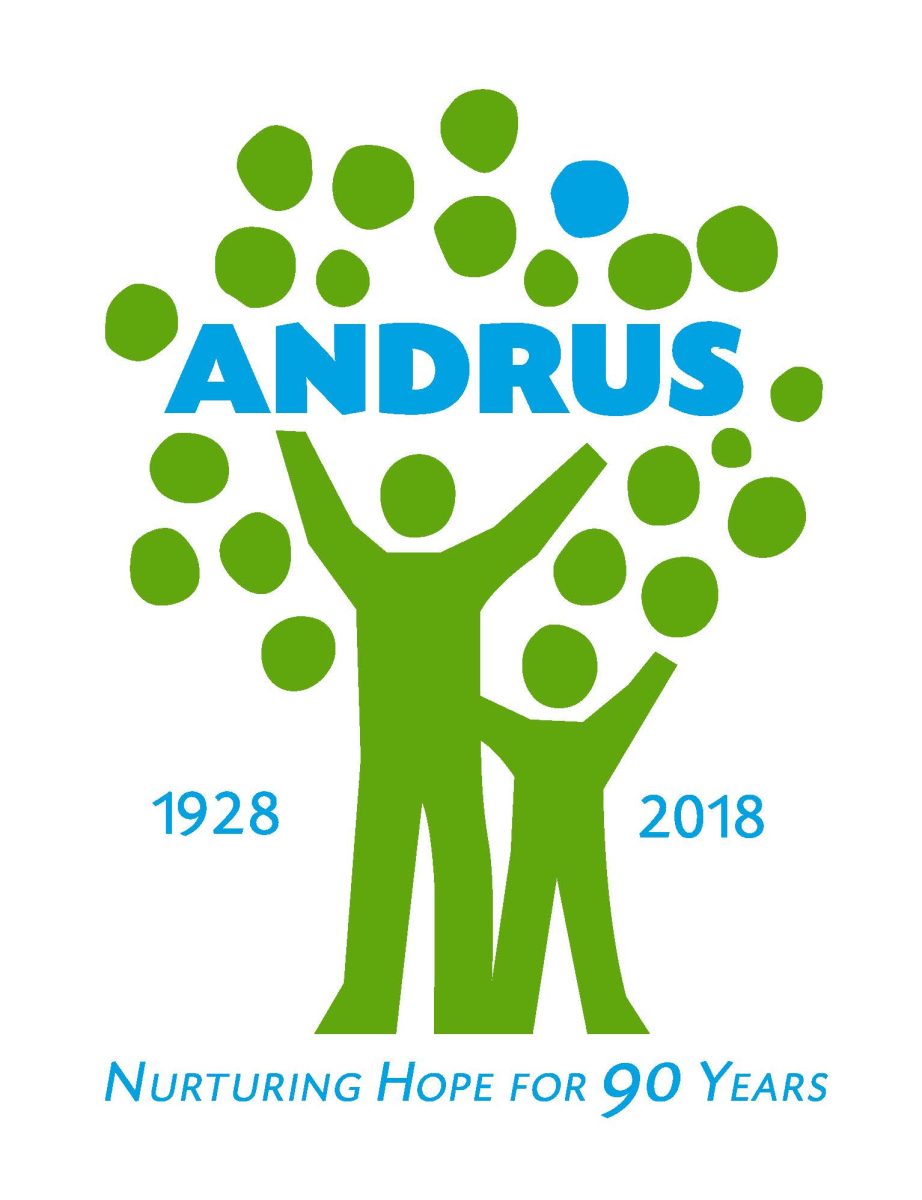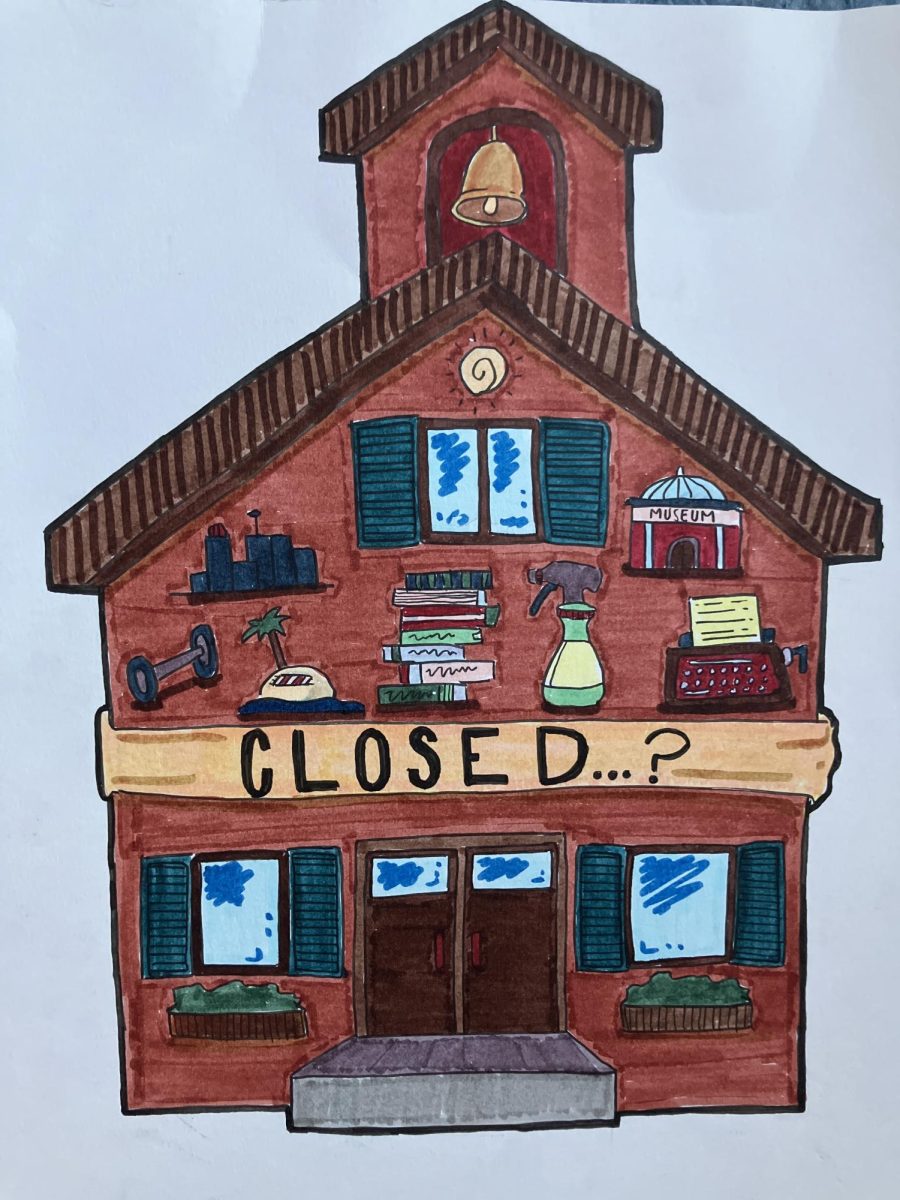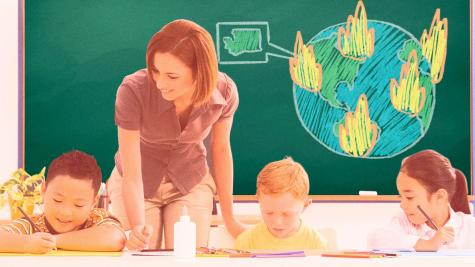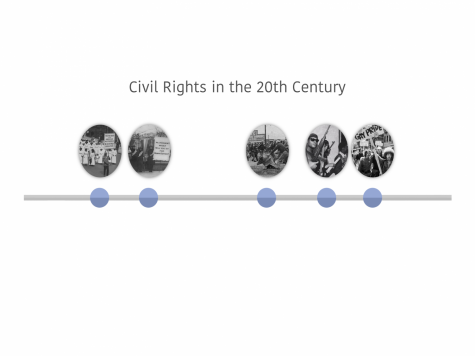The End of Snow Days? How Hastings Students and Teachers Feel About Snow Days
March 23, 2021
THE HISTORY OF PANDEMIC SNOW DAYS
December 14th: With winter months looming ahead and snow forecast in the coming weeks, superintendent Dr. Valerie Henning-Piedmonte sent out the first communications surrounding snow days. “There will be no in-person or remote learning on snow days,” read the email. Students cheered and sighed in relief that one of the most treasured traditions would be here to stay.
January 25th: Having read the 99% chance of a snow day on snowdaycalculator.com the night before, students were ecstatic to be getting a Monday off. What’s more, it seemed like the snow would continue through the night, enough to have a snow day on Tuesday!
January 26th: Phones rang all at once in houses across Hastings, and students heard the news: Today would be “a remote learning day” due to inclement weather. Here’s how they said they felt about that moment, the day the snow day died.
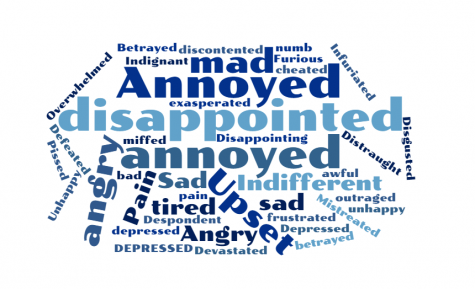
February 5th: On February 5th another email from the superintendent was released explaining that the remote learning day was used to make sure two consecutive days of learning were not lost. In the same email, Dr. Henning-Piedmonte mentioned that “there may be a time…when a remote day of instruction rather than a day of no instruction makes the most sense” clarifying that now the school would decide when to have a snow day versus a remote learning one. Later in the same email, the superintendent clarified that remote learning days would be used if the school surpassed the allotted “emergency closing/snow days.” This confused many as January 26th was used as a remote instruction day even though there were 3 remaining days left to be used as snow days.
STUDENT AND TEACHER FEELINGS
With the option for virtual instruction when the weather makes it too difficult to come to school, the future of snow days feels in limbo. So what will happen to revered snow days now that we are all set up for remote learning?
This is a question on many people’s minds since March of 2020, and as of now, the answer is still unclear. In fact, 62.9% of the surveyed students ranked the school’s communication as a 1 or 2 (1 being poor and 5 being great) around the topic of snow days.
One anonymous student said that “I was mad because the superintendent said that snow days would be treated as normal.” Another student simply stated that they “would like to have a better understanding of how schools are approaching snow days this year.” While this article will not be answering that question, it will be giving some context and exploring how students and teachers feel about snow days.
As it turns out, almost everyone we spoke with felt a degree of “unrestrained love” for snow days.
Most students felt that snow days should be preserved in some form, with 58.9% of surveyed students saying that they would prefer snow days no matter what, and 40.2% saying they would like snow days with a transition to remote learning days if having another full snow day would mean removing days from breaks. Overall, just 1% of students who completed the survey said they preferred remote learning days to snow days. When asked about the value of snow days, many students pointed to the unique opportunity snow days provide to help restore and benefit mental health. “It is a day for students to take a brief break from the stress of school. It is essentially a mental health day that sparks joy in students” said one anonymous 9th grade student.
For students struggling with the additional pressures of pandemic learning, snow days have also offered “a nice chance to relax and feel like normal,” said one 10th grader.
“Snow days are morale-boosting,” offered one 12th grader, attending school in the hybrid model, “Regenerating focus by clearing students’ minds from daily school stressors, and for the remote students, not having to look at a screen all day was most probably be beneficial to their health.”
“Now more than ever it is extremely valuable to have breaks from the stress of even just being a human, which seems to just keep growing and growing,” said one hybrid-learning 9th grader.
Along with the above responses, students also noted a variety of other benefits that snow days create. One pointed out that snow days “are an opportunity to make money by shoveling,” something that isn’t as feasible with remote learning. Another student said that they use the day to help their elderly neighbors who cannot shovel their own driveways. As for how the value of snow days has changed due to COVID-19, many students agreed that in the pandemic snow days have become more important. They’re a way to connect and be safe outdoors with other students during the colder months where outdoor socially distant gatherings are all the more difficult.
“[The pandemic] made [snow days] worth more because they give you time to go outside with friends when you would be otherwise trapped at home on a screen” noted a hybrid 10th grader.
Snow days aren’t just loved by students though. Mr. O’Brien passionately proclaimed his appreciation for snow days, as “they allow us [teachers] to experience the joy of being a child again.”
Likewise, Ms. Shandroff also said snow days reminded her of being a child, and she thinks that “snow days are an experience that kids need.” She remembers “anticipating whether or not there would actually be a snow day and then enjoying playing outside the whole day!” When looking at her daughter’s experience in remote school, she understood the impact that looking at a screen all day can have on students, so it was a nice break to spend the day outdoors.
Further, Mrs. Weitman remarked how remote learning in place of snow days are “really difficult for teachers of small children who are home from their schools,” and teachers “miss out on possible quality time with their kids, playing in the snow, watching movies, playing games, etc.” In addition, it’s often hard to teach from home when kids are running around the house. Mr. O’Brien commented on the ability of snow days to break up the “daily work” for students, which Mr. Lopez similarly noted when he spoke of how the first snow day this year was “very necessary after a difficult few months with the pandemic.”
Ms. Gilbert told us she “love[s] snow days!” for many reasons. “First, I’m relieved not to have to brave my way down the steep hill I live on, and second because it’s a gift of unexpected time. I usually sleep late, catch up on work and do some cooking or baking.”
Ms. Gilbert also pointed out that while remote learning days work now because teachers tailor their lesson plans to be virtual, this might not be the case in the future. “When students are back in school again we won’t always be prepared with lessons that translate to remote learning.” Ms. Shandroff acknowledged that snow days are indeed a loss of a “teaching day,” but reasoned that this was alright as “the district works this into the schedule, so we can always make up that time.”
However, some teachers did point out that snow days could have a downside. If snow days manage to consecutively occur on a BDF or ACE day, a teacher may find one of their classes falling behind the other one. During Mr. Lopez’s first year of teaching there were 5 snow days on BDF days, and he remembers how his “classes those days were several lessons behind the same classes on ACE days.” By turning to remote instruction on snow days, teachers will not undergo the stress of catching other classes up. Mr. Lopez also added that despite dangerous conditions, “school should be a priority so I feel we should do whatever we can to promote teaching and learning on those days.” Similarly, other teachers mentioned that with too many “too many [snow days], momentum can be lost.”
But for Mr. O’Brien, when asked if there were any downsides to snow days, the answer was pretty simple: “I see none.”


